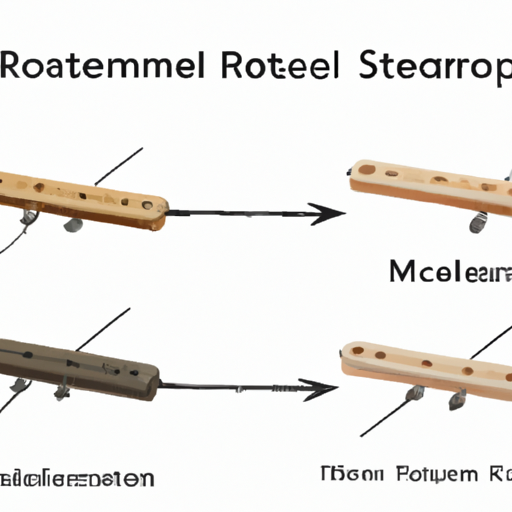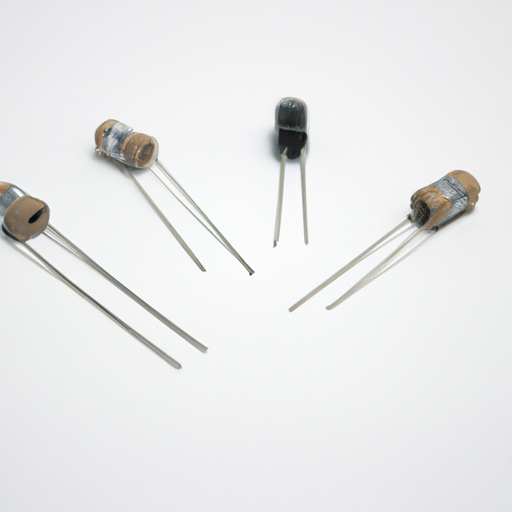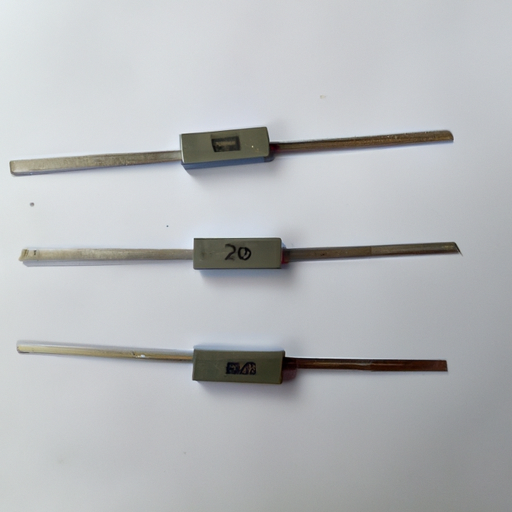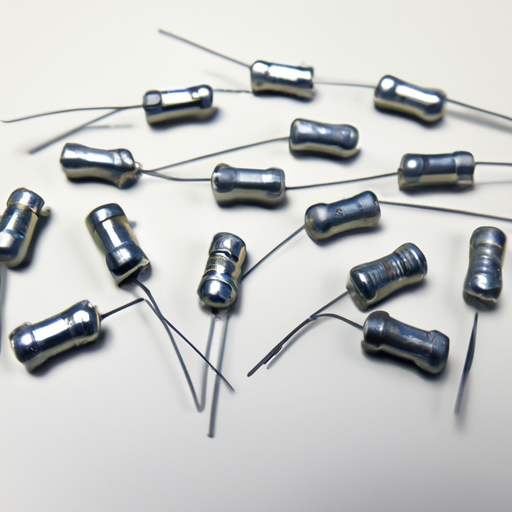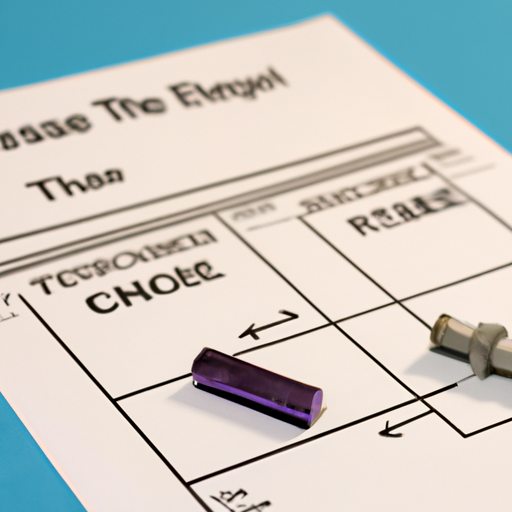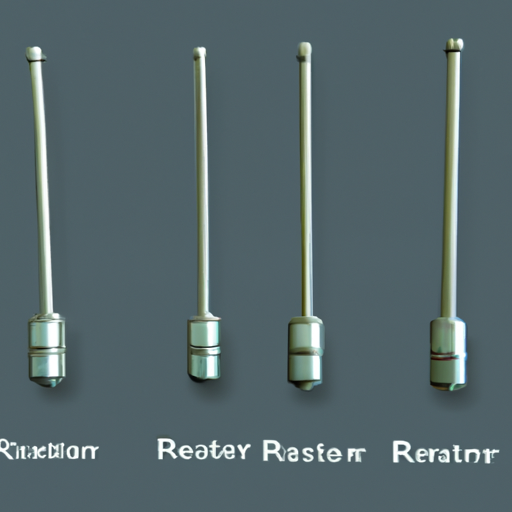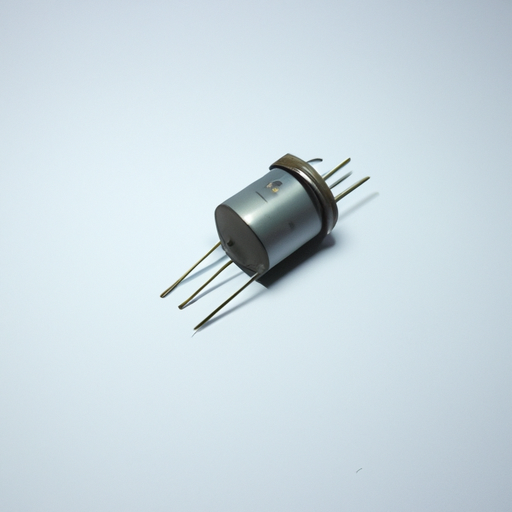What are the Differences Between the Functions and Models of Mainstream Resistors?
I. Introduction
Resistors are fundamental components in electronic circuits, serving as the backbone of various applications. They are passive devices that resist the flow of electric current, thereby controlling voltage and current levels within a circuit. Understanding the functions and models of resistors is crucial for anyone involved in electronics, from hobbyists to professional engineers. This article aims to explore the differences between the functions and models of mainstream resistors, providing insights into their roles in circuit design and analysis.
II. Basic Functions of Resistors
A. Current Limiting
One of the primary functions of resistors is current limiting. According to Ohm's Law, the relationship between voltage (V), current (I), and resistance (R) is defined as V = I × R. This equation illustrates that by increasing resistance, the current flowing through a circuit can be reduced. This function is vital for protecting sensitive components from excessive current that could lead to damage or failure. For instance, in LED circuits, resistors are often used to limit the current to safe levels, ensuring the longevity of the LED.
B. Voltage Division
Resistors also play a crucial role in voltage division. When resistors are arranged in series, they can divide the input voltage into smaller, manageable voltages. This principle is widely used in circuit design, particularly in applications requiring specific voltage levels for different components. For example, a voltage divider circuit can provide reference voltages for operational amplifiers or microcontrollers, ensuring they operate within their specified voltage ranges.
C. Signal Conditioning
In addition to current limiting and voltage division, resistors are essential for signal conditioning. They can be used for filtering and biasing signals, which is critical in maintaining signal integrity. For instance, in audio circuits, resistors can help shape the frequency response, allowing certain frequencies to pass while attenuating others. This function is vital in applications such as audio processing, where clarity and fidelity are paramount.
III. Types of Resistors
A. Fixed Resistors
Fixed resistors are the most common type and have a constant resistance value. They come in various forms, including:
1. **Carbon Composition Resistors**: Made from a mixture of carbon and a binding material, these resistors are known for their high energy absorption and are often used in high-power applications.
2. **Metal Film Resistors**: These resistors offer better stability and tolerance compared to carbon composition resistors, making them suitable for precision applications.
3. **Wirewound Resistors**: Constructed by winding a metal wire around a ceramic core, wirewound resistors can handle high power levels and are often used in power applications.
B. Variable Resistors
Variable resistors allow for adjustable resistance values. They include:
1. **Potentiometers**: Used for adjusting voltage levels in circuits, potentiometers are commonly found in volume controls and tuning circuits.
2. **Rheostats**: A type of variable resistor used to control current, rheostats are often employed in applications requiring high power.
C. Specialty Resistors
Specialty resistors are designed for specific applications, including:
1. **Thermistors**: Temperature-sensitive resistors that change resistance with temperature variations, thermistors are widely used in temperature sensing and control.
2. **Photoresistors**: Also known as LDRs (Light Dependent Resistors), these resistors change resistance based on light intensity, making them useful in light-sensing applications.
3. **Varistors**: Voltage-dependent resistors that protect circuits from voltage spikes, varistors are commonly used in surge protection devices.
IV. Models of Resistors
A. Ideal Resistor Model
The ideal resistor model assumes that resistors have a constant resistance value regardless of voltage or current. This model simplifies circuit analysis and design, allowing engineers to predict circuit behavior accurately. However, real-world resistors often deviate from this ideal due to various factors.
B. Real-World Resistor Models
Real-world resistors exhibit non-linear characteristics, temperature coefficients, and noise factors. For instance, as temperature increases, the resistance of some materials may change, affecting circuit performance. Additionally, resistors have tolerances, meaning their actual resistance can vary from the specified value, impacting circuit reliability.
C. Advanced Models
In modern circuit design, advanced models such as SPICE (Simulation Program with Integrated Circuit Emphasis) models are used for simulation purposes. These models account for non-ideal behaviors and allow engineers to simulate circuit performance under various conditions. Behavioral models also help in understanding how resistors interact with other components in a circuit.
V. Differences in Functions and Models
A. Functional Differences
The functions of resistors can vary significantly based on their type and application. For example, a potentiometer serves a different function than a fixed resistor, as it allows for adjustable resistance. Understanding these functional differences is crucial for selecting the appropriate resistor for a specific application.
B. Model Differences
The distinction between ideal and real-world resistor models is essential for accurate circuit design and analysis. While ideal models simplify calculations, real-world models provide a more accurate representation of how resistors behave in practice. This understanding is vital for engineers to ensure that circuits perform as intended under various conditions.
C. Case Studies
To illustrate the importance of resistor selection and modeling, consider a case study involving an audio amplifier circuit. In this scenario, the choice between a metal film resistor and a carbon composition resistor can significantly impact the circuit's performance. Metal film resistors, with their lower noise and better tolerance, may be preferred for high-fidelity audio applications, while carbon composition resistors might be suitable for less critical applications.
VI. Conclusion
In summary, resistors are integral components in electronic circuits, serving various functions such as current limiting, voltage division, and signal conditioning. Understanding the differences between the functions and models of mainstream resistors is crucial for effective circuit design and analysis. As technology advances, the development of new resistor types and models will continue to shape the future of electronics, offering enhanced performance and reliability.
VII. References
1. Academic Journals on Electronics and Circuit Design
2. Textbooks on Electronics Engineering
3. Online Resources and Databases for Electronic Components
By exploring the differences between the functions and models of resistors, this article provides a comprehensive understanding of their roles in electronic circuits, equipping readers with the knowledge necessary for effective circuit design and analysis.

